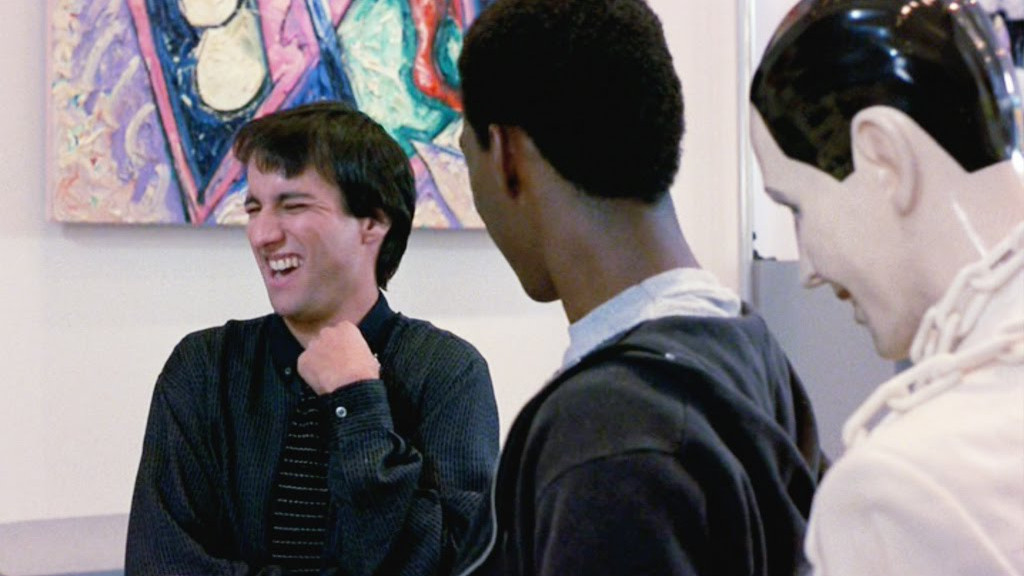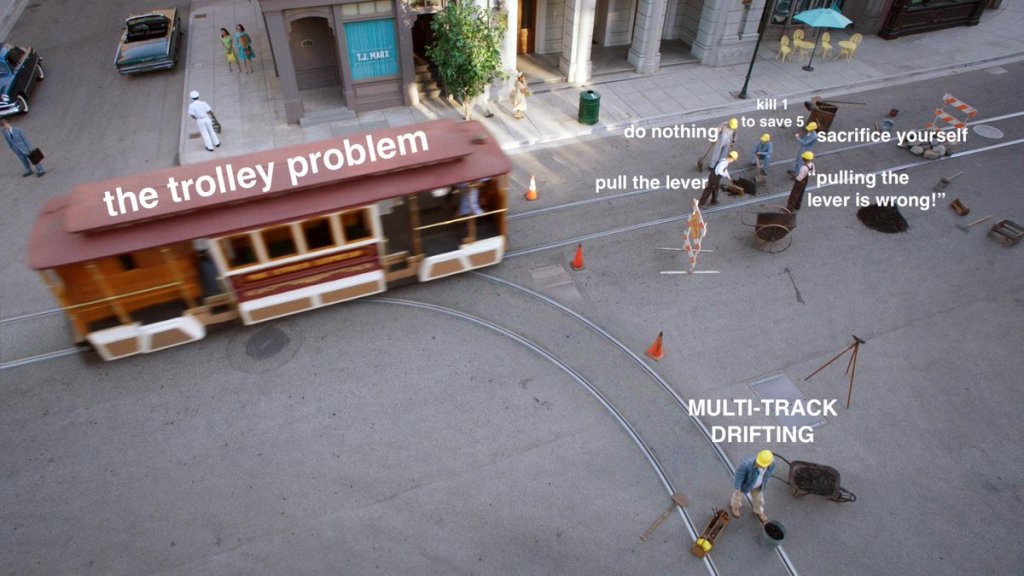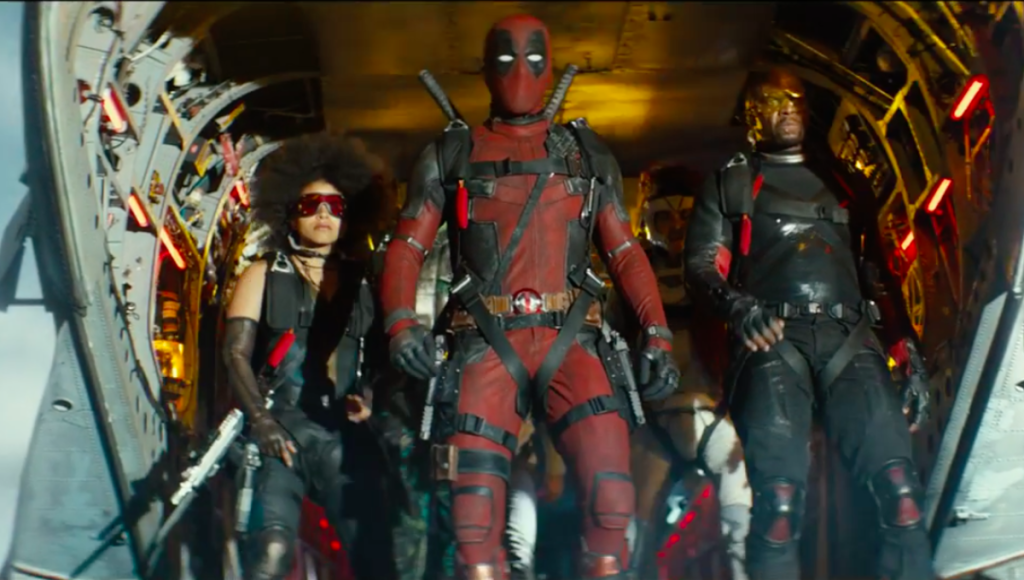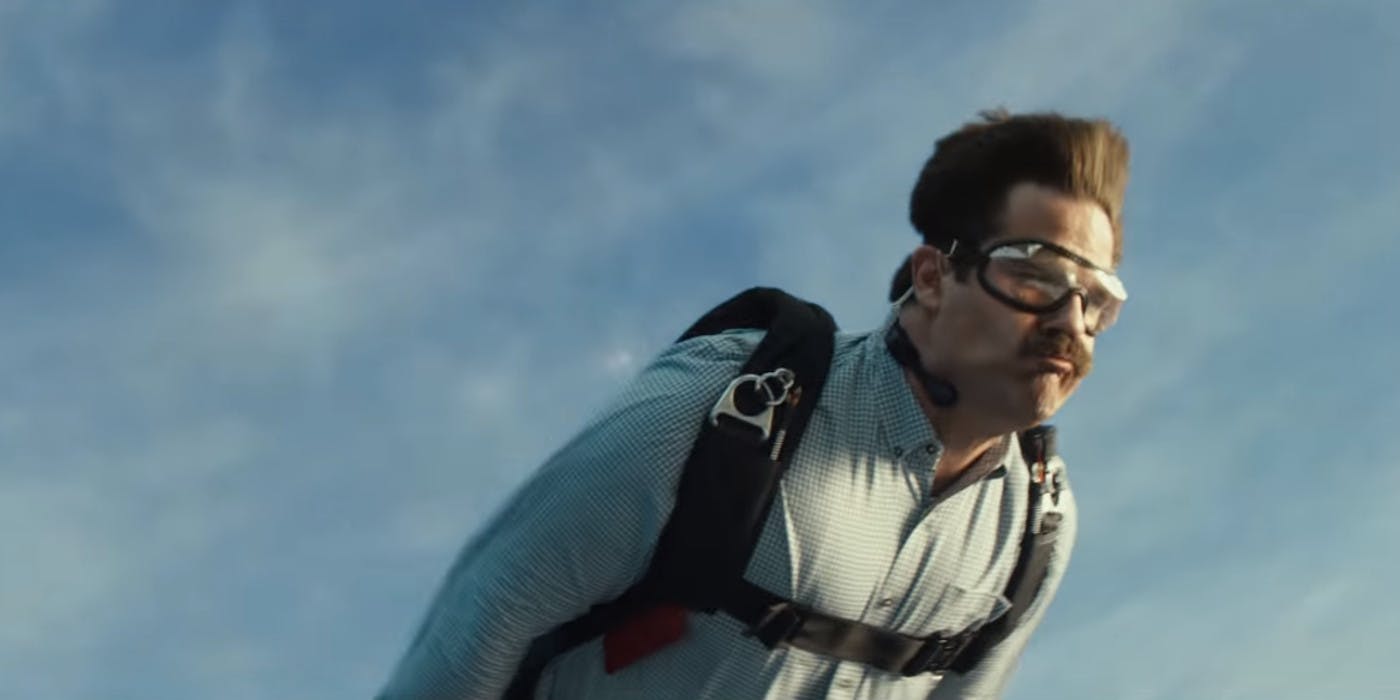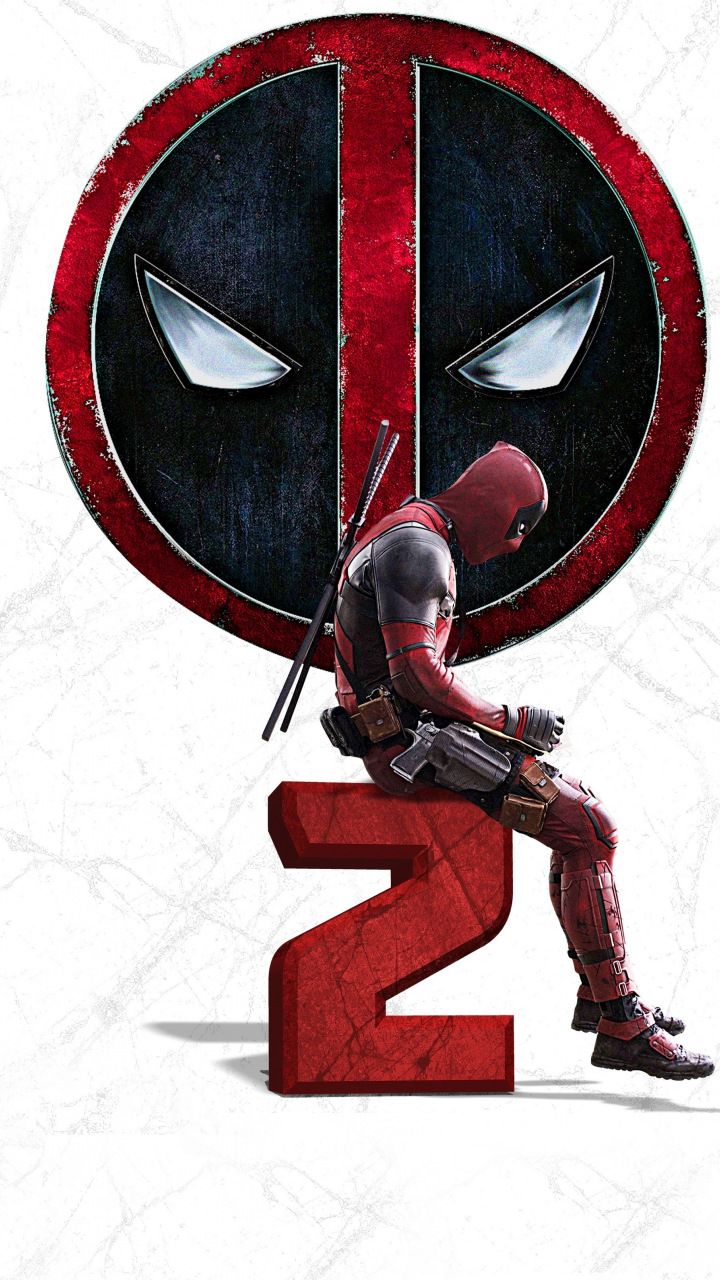There was a time, not so long ago, when people went to the movies to see something they’d never seen before. A quarter-century into the era of CGI, it feels like almost everything has been done. Big films have thousands of VFX shots, and while the quality of them has definitely increased exponentially, the quantity is such that it’s hard to remember the last time I sat in a theater utterly gobsmacked by what was on the screen and wondered how in the world the filmmaker accomplished it. James Cameron doesn’t make a whole lot of movies, but when he does, you know he’s going to push the envelope. He loves break ground, be it The Abyss, Terminator 2: Judgment Day or Titanic, if Cameron is making a film, he’s out to smack the gobs of his audience and show them something new. Love it or hate it, you can’t argue he didn’t make Avatar awfully pretty to look at.
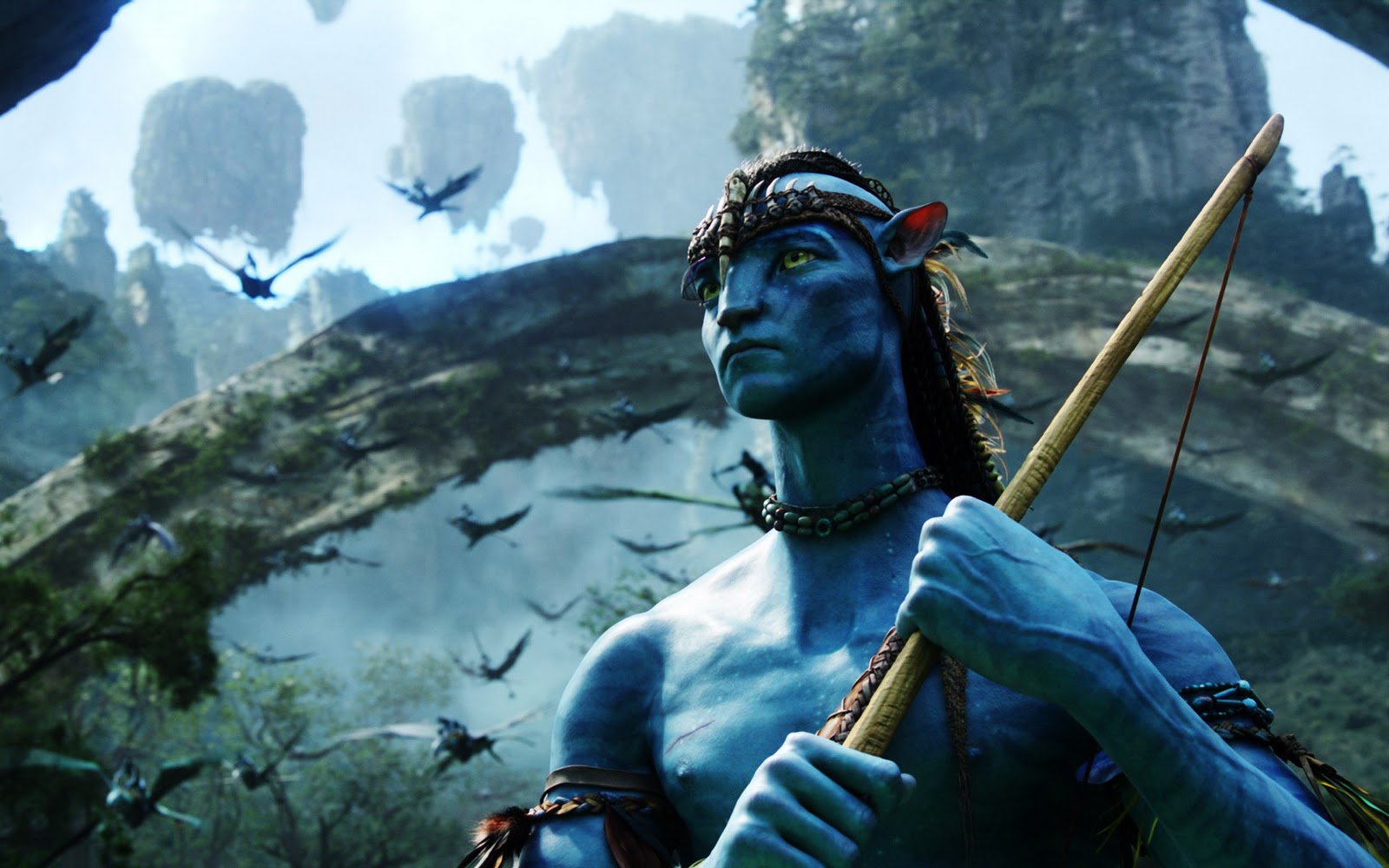
As Avatar near’s it’s 10th anniversary, its legacy is a bit of a mixed bag. The film remains the all-time box office champion globally with $2.71 billion. The film was largely hailed by critics, was nominated for 9 Oscars and won three (Cinematography, Visual Effects, and Art Direction), and is responsible for 3D technology being slapped on to every big film that’s come out in its wake. Avatar and 3D are linked, and the film, like Gravity and IMAX, is so heavily dependent on being seen in the most cutting edge way on the biggest screen possible that it loses a lot in most home theaters. And unlike Gravity, Avatar is working with the other Cameron trademark: really dicey dialogue. We are talking about a film whose plot centers around the battle for control of a resource named “Unobtanium”. You don’t watch Avatar for the script. You watch it because the film is gorgeous.
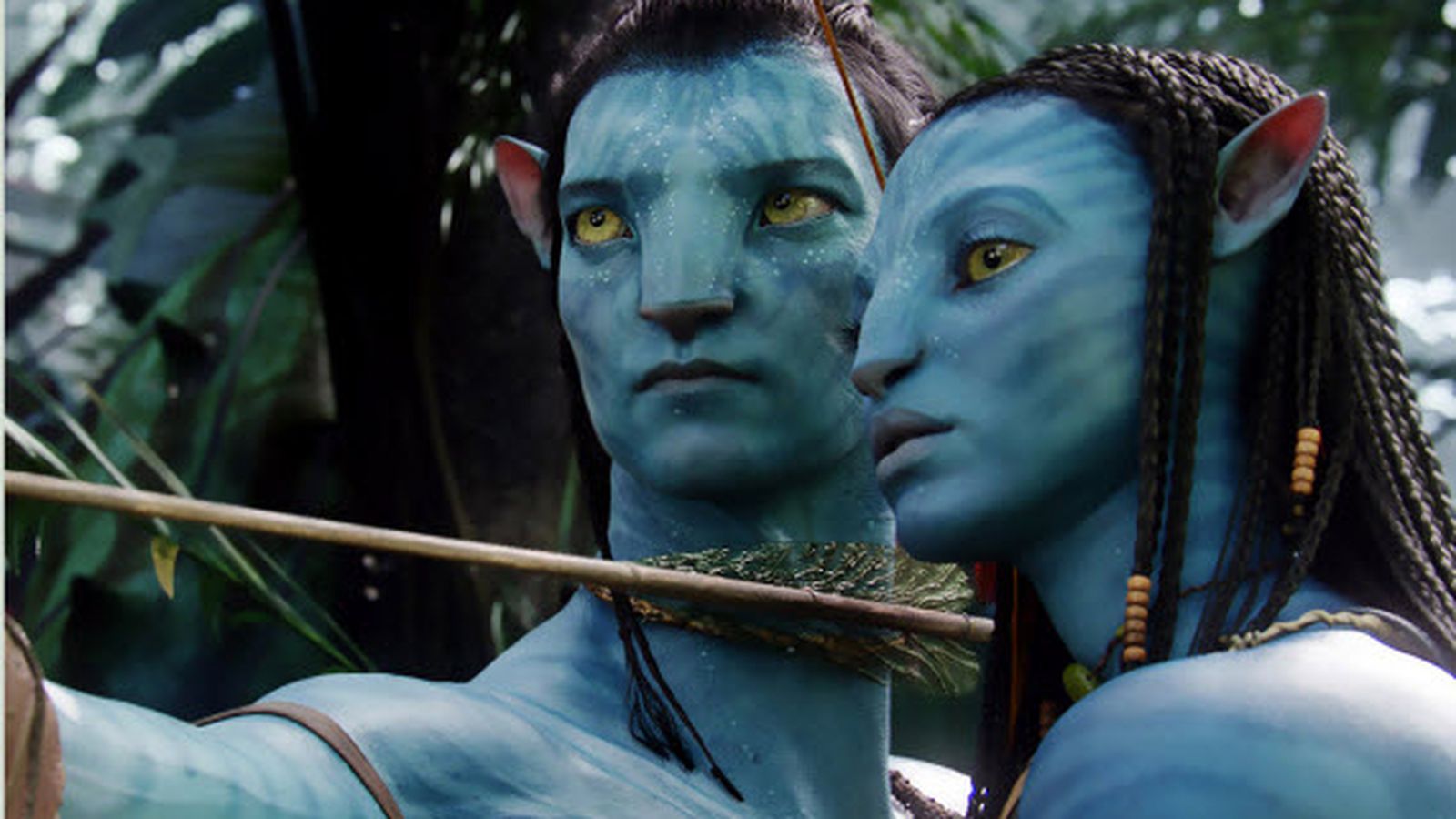
Cameron developed Avatar for 15 years before he brought it to the screen, and it’s an impressive bit of world-building. It’s a visually-arresting, layered biosphere that still holds up as some of the nicest eye candy that’s ever landed in a cinema. My favorite bit of that eye candy is The Hallelujah Mountains. First introduced in a great fly-by sequence, the floating mountains (which Cameron modeled after a Chinese rain forest) are given a three-minute showcase on the way to the banshee scene. That bit of FX exposition, which contains almost no real elements, is my favorite bit of the film. I have seen, at this point in my life, easily 10,000 movies and if one manages to leave something indelible on the landscape of my imagination, that’s fantastic. Floating mountains? That’s a little corner of my personal cinematic kingdom that Avatar gets to claim, and for that reason, I’ll forgive horribly named elements and Sam Worthington’s acting and think fondly on the film in perpetuity.
